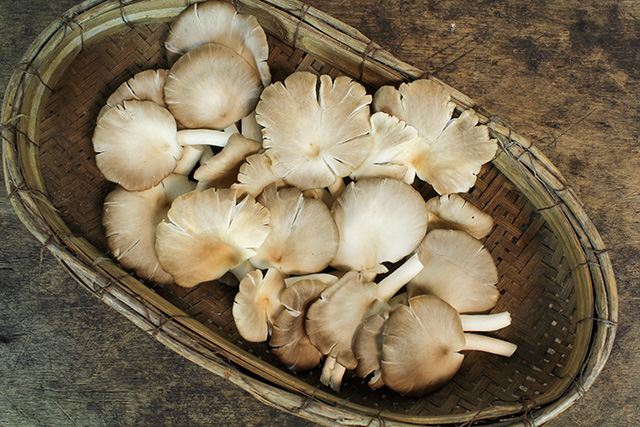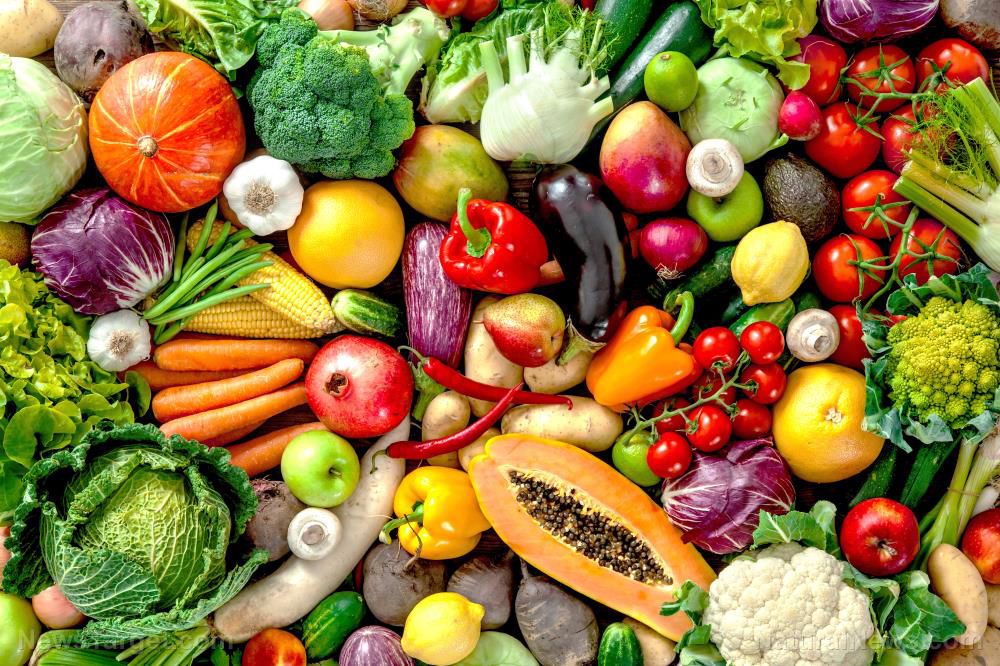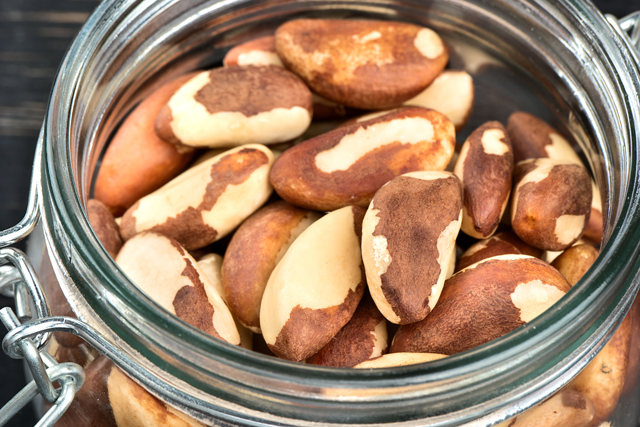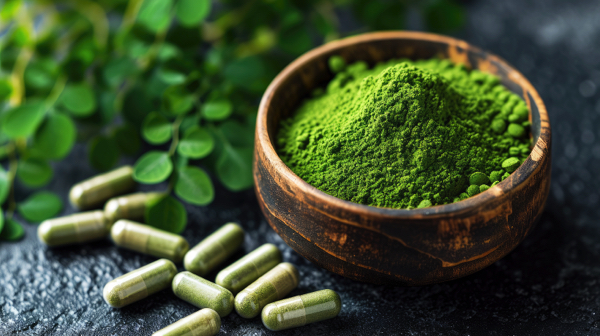YERBA MATE: A South American staple emerges as a promising tool for supporting metabolic and heart health
04/28/2025 / By Willow Tohi
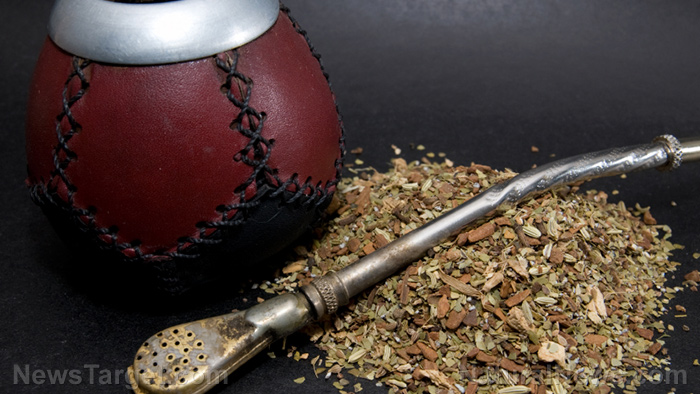
- Originating from the Guarani people, yerba mate is a traditional South American drink made from the Ilex paraguariensis plant. Consumed via a bombilla (metal straw) and gourd, it has evolved into a globally popular beverage with both cultural and health appeal.
- It contains caffeine, theobromine and theophylline for a balanced energy boost (80mg caffeine per cup). Yerba mate is also rich in vitamins (B1, B2, B6, C), minerals (iron, magnesium) and polyphenols, which combat oxidative stress and cellular aging.
- Yerba mate may improve insulin sensitivity, reduce blood sugar and lower cholesterol, as shown in human trials. It can also support weight management by reducing body fat and influencing gut hormones like GLP-1 (though more human studies are needed).
- The antioxidants in yerba mate may reduce inflammation, improve heart health and alter genes linked to cardiovascular disease. Preliminary studies suggest protective effects against kidney damage by neutralizing free radicals.
- Avoid excessively hot temperatures (over 65°C) to reduce esophageal cancer risk. Moderate intake (1.5–5g/day) is recommended; consult a doctor if pregnant, on medication, or with heart conditions.
In recent years, yerba mate, a traditional South American tea, has transitioned from a regional beverage to a global health trend. A blend of historical legacy and modern scientific investigation, yerba mate is now celebrated for its potential to combat diabetes, support weight management and enhance cardiovascular health. Recent studies, including those published in journals like Proceedings of the Nutrition Society and British Journal of Nutrition, highlight its rich antioxidant profile, mild stimulant properties and beneficial effects on blood sugar and lipid metabolism. From its roots among the Guarani people to its modern-day acclaim, yerba mate offers a cultural and scientific story worth exploring.
Historical roots and global appeal
Originating from the Ilex paraguariensis plant, yerba mate has been a cornerstone of Guarani culture for centuries, later adopted by European settlers in South America as both a social ritual and medicinal tonic. Traditionally consumed through a metal straw called a bombilla from a calabash gourd, yerba mate is now sipped worldwide, praised for its earthy flavor and purported health benefits. Its rise in popularity coincides with an era of rising interest in functional foods and natural supplements, driven by studies linking yerba mate’s bioactive compounds to improved metabolic and cardiovascular health.
The nutritional and antioxidant profile: More than just a caffeine boost
Yerba mate’s appeal extends beyond its mild stimulant qualities, which come from caffeine, theobromine and theophylline. Unlike coffee, which relies heavily on caffeine alone, yerba mate’s caffeine content (80 mg per cup) is balanced by other compounds, delivering a steadier energy boost. Its nutritional profile is also robust: It contains vitamins B1, B2, B6 and C, calcium, iron and magnesium, along with polyphenols and flavonoids that act as antioxidants.
“Yerba mate offers more health benefits than coffee due to its high antioxidant levels and synergistic effects of theobromine and theophylline,” explains Bryan Quoc Le, a food scientist and consultant. These antioxidants combat oxidative stress, a contributor to chronic diseases, and may delay cellular aging. A 2025 study in Nutrients found that yerba mate consumption increased blood plasma antioxidants within hours of drinking, supporting its role in bolstering overall health.
Metabolic health benefits: Blood sugar regulation and weight management
One of yerba mate’s most studied applications is its impact on metabolic disorders. A 2020 randomized controlled trial in Proceedings of the Nutrition Society revealed that participants drinking three daily servings of yerba mate over eight weeks saw reductions in fasting glucose, insulin and glucagon levels, suggesting improved insulin sensitivity. The tea also demonstrated particular promise in individuals with high cholesterol, with glucagon levels dropping more significantly in this group.
Research further suggests yerba mate may influence gut hormones like GLP-1, which regulates blood sugar by slowing digestion and enhancing insulin release. A 2023 study in rodents noted increased GLP-1 levels and inhibited tumor growth, though these effects require confirmation in human trials.
In weight management, yerba mate has shown efficacy in reducing body fat percentage and waist-to-hip ratios. A 2022 animal study linked its consumption to decreased fat accumulation, possibly due to metabolic stimulation and reduced adipogenesis—the formation of fat cells.
Registered dietitian Jena Brown emphasizes that “yerba mate should complement—not replace—a balanced diet,” noting its synergistic potential for diabetes prevention when paired with healthy habits.
Cardiovascular and kidney health: Emerging evidence
Yerba mate’s antioxidants may extend protective benefits to the heart and kidneys. A 2022 British Journal of Nutrition study on men at cardiovascular risk found daily yerba mate consumption altered over 2,600 genes linked to heart disease, suggesting it could curb inflammation and atherosclerosis progression. Additionally, yerba mate has been associated with lower blood pressure in some trials.
Kidney health research is also promising. A 2023 Journal of Herbal Medicine study showed yerba mate extract reduced oxidative damage in human kidney cells by 70%, a result attributed to its polyphenols neutralizing free radicals. This could prove valuable in managing chronic kidney disease, though further research is needed.
Cautions and considerations: Choosing safe consumption practices
Despite its benefits, yerba mate carries risks if consumed improperly. The World Health Organization links piping-hot beverages (over 65°C/149°F) to esophageal cancer, a risk amplified when paired with alcohol or smoking. “Drinking yerba mate cold or at moderate temperatures minimizes this concern,” advises Brown.
As with other stimulants, excessive intake may trigger anxiety, insomnia, or elevated heart rate. Dosage recommendations vary, but Brown suggests starting with 1.5–5 grams daily, split into servings. Those on medications or with existing health conditions—such as arrhythmias—should consult a healthcare provider before regular use.
Yerba mate’s legacy — and future — in health
From its native forests to global health headlines, yerba mate continues to captivate researchers and consumers alike. Its role in supporting metabolic health, antioxidants and potential cardiovascular protections positions it as a valuable dietary addition for many. Yet, its true potential hinges on balancing tradition with scientific rigor, particularly in confirming anti-cancer and long-term efficacy studies. As global health trends prioritize natural solutions, yerba mate stands out not merely as a stimulant, but as a testament to nature’s ability to nurture wellness — one sip at a time.
Note: This article cites peer-reviewed studies and expert insights but does not constitute medical advice. Individual responses to yerba mate may vary; consult a healthcare provider before beginning any dietary supplement regimen.
Sources include:
Submit a correction >>
Tagged Under:
alternative medicine, blood sugar, Censored Science, diabetes cure, food cures, food is medicine, health science, heart health, Herbs, metabolic health, natural cures, natural health, natural medicine, natural remedies, organics, plant medicine, weight loss, yerba mate
This article may contain statements that reflect the opinion of the author


